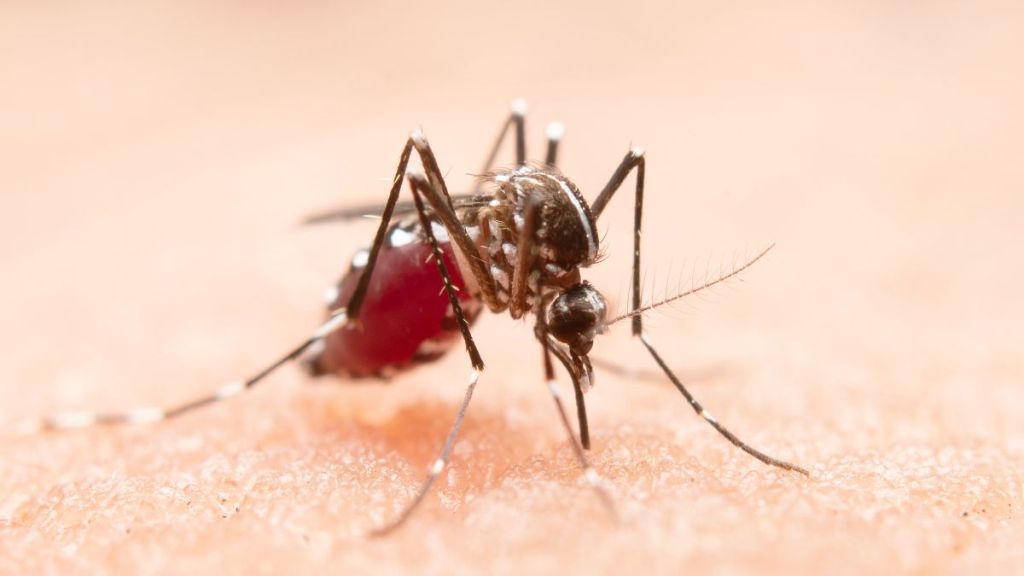A new study has found that spatial repellents, lightweight paper-like sheets that release mosquito-repelling vapours, can reduce mosquito bites by more than 50 per cent. These repellents could help prevent malaria, dengue, Zika, yellow fever, and West Nile virus.
Researchers from the University of California, San Francisco (UCSF) say these devices, also called spatial emanators, can protect people for up to a year. Unlike creams, coils, or sprays, they do not require skin application, heat, or electricity. They simply release chemicals into the air, keeping mosquitoes away both indoors and outdoors.
The study, published in eBioMedicine, analysed more than 1.7 million mosquitoes over 25 years. Scientists found that these sheets prevent more than half of all mosquito bites, and some trials showed up to 75 per cent protection against dangerous malaria-carrying mosquitoes like Anopheles arabiensis.
WHO endorsement gives boost to spatial repellents
The World Health Organization (WHO) has approved spatial repellents, a big step in the fight against mosquitoes. Experts say this will help increase their use, especially in countries where mosquito-borne diseases are common.
Dr. Ingrid Chen, Associate Professor of Epidemiology and Biostatistics at UCSF, told the media: “We finally have a new way to protect against mosquito bites. It’s lightweight, affordable, and easy to use, so it can help save lives in all parts of the world.”
Malaria and dengue remain serious public health problems in many countries, including India. These diseases often start with a small fever or itchy bump but can quickly become life-threatening if not treated. Children and pregnant women are particularly vulnerable.
Health experts say prevention is key. Even with vaccines being developed for some diseases, mosquito control remains the most effective strategy.
How spatial repellents work
Spatial repellents are roughly the size of a sheet of paper and release pyrethroid-based chemicals that repel mosquitoes. They don’t require electricity or direct contact and are effective both indoors and outdoors.
Unlike bed nets or insecticide sprays, these repellents can be used easily at home, in schools, offices, and other public places. Researchers say they are safe, affordable, and easy to use, making them ideal for both urban and rural areas.
Tips to stay safe from mosquitoes
Even with the availability of new spatial repellents, experts advise continuing basic precautions to stay safe from mosquitoes. They recommend removing stagnant water around homes to prevent breeding, wearing light-coloured, long-sleeved clothing, especially in the evenings, using mosquito nets and other repellents whenever possible, and keeping neighbourhoods clean, as mosquitoes often hide in garbage or damp areas.
With WHO endorsement, adoption of spatial repellents is expected to grow in Africa, South America, Southeast Asia, and other regions heavily affected by mosquito-borne diseases.
Experts believe that these repellents could save thousands of lives each year by providing an easy, continuous, and effective layer of protection. For millions in high-risk areas, this new innovation may finally offer a safe and practical solution against malaria, dengue, and other deadly mosquito-borne infections.


